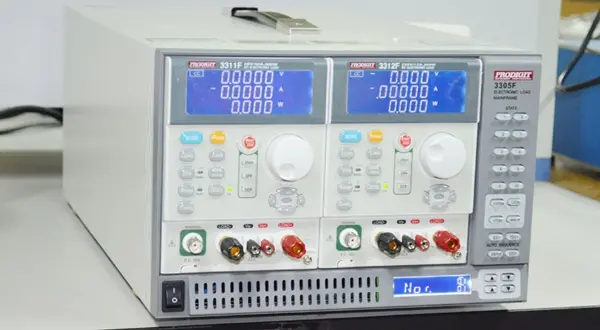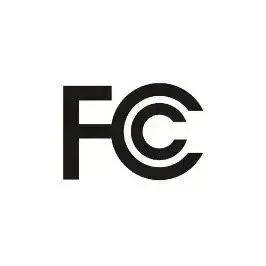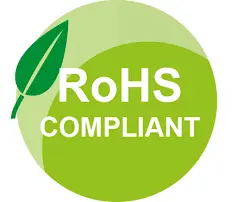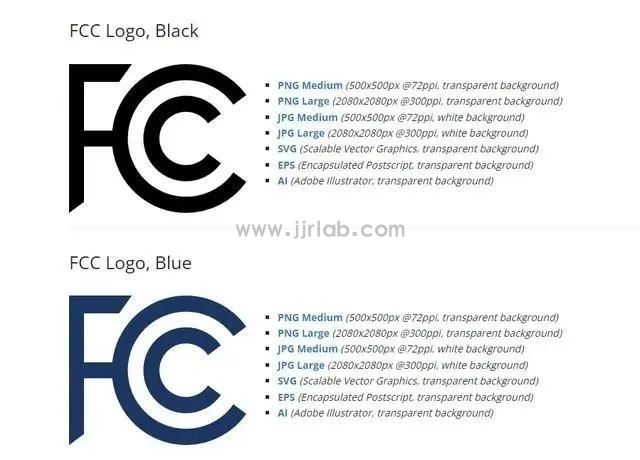
Ultraviolet (UV) Aging Test Laboratory
What is UV Aging Test?
UV aging testing is a method that simULates the effects of ultraviolet radiation under natural environmental conditions on the aging of product materials. By using specific UV light sources, it accelerates the aging process of materials in a laboratory setting, allowing evaluation of the material’s weather resistance in a shorter time. UV aging testing has significant applications across multiple fields such as building materials, coatings, plastics, rubber, textiles, and more.

Why Conduct UV Aging Testing?
Climate and sunlight irradiation are the primary causes of damage to coatings, plastics, inks, and other polymer materials. This damage includes gloss loss, fading, yellowing, cracking, peeling, embrittlement, strength REDuction, and delamination. Because solar radiation has both thermal radiation and photocheMICal effects, high-temperature tests cannot replace light aging tests, and pure ultraviolet or infrared radiation cannot substitute for solar radiation testing.
Purpose and Importance of Testing
1. Determine the material’s resistance to aging under UV exposure.
2. Simulate outdoor material aging under natural conditions and accelerate testing to predict product durability in real-world use.
3. Assist in material and formulation screening and optimization.
UV Aging Test Modes
UV aging tests can be set in three aging modes: illumination, condensation, and spray.
01Illumination Phase
Simulates daytime sunlight length in the natural environment (typically between 0.35W/㎡ and 1.35W/㎡, with summer noon sunlight intensity about 0.55W/㎡) and test temperature (50℃ to 85℃) to mimic various product usage environments and meet testing requirements for different regions and industries.
02Condensation Phase
Simulates nighttime sample surface fogging. During condensation, the fluorescent UV lamp is turned off (dark condition), only the test temperature (40℃ to 60℃) is controlled, and the sample surface humidity is maintained at 95% to 100% RH.
03Spray Phase
Simulates rainfall by continuously spraying water on the sample surface. Because artificial UV accelerated aging test conditions are much harsher than natural environments, they can simulate aging damage that takes years to occur in nature within days or weeks. Depending on spectral distribution, fluorescent UV lamps are divided into UVA and UVB lamps. UVA lamps emit less than 2% of their total output energy below 300nm, while UVB lamps emit more than 10% below 300nm.
Common UV Lamp Types
- UVA-340: Simulates sunlight passing through window glass, used for outdoor product testing.
- UVA-351: Simulates sunlight passing through window glass, used for indoor product testing.
- UVB-313: Very stringent conditions, excellent for QC and R&D, recommended for durability testing of materials like roofing or some exterior coatings, emitting a higher proportion of radiation below 300nm, suitable for special material durability tests.
Common UV Aging Reference Standards
- GB/T 16422.3: Plastics — Laboratory light source exposure test methods — Part 3: Fluorescent UV lamps
- ISO 4892-3: Plastics — Laboratory light source exposure method — Part 3: Fluorescent UV lamps
- ASTM 154: Standard operating procedures for exposure of non-metallic materials using fluorescent UV light devices
Application Scope: Which Products Require UV Aging Testing?
UV aging testing applies to a wide range of product fields, including rubber, plastics and their products, coatings, paints, dyes, fabrics, printing and packaging, adhesives, metals, electronics, electroplating, cosmetics, and more.
Email:hello@jjrlab.com
Write your message here and send it to us
 FCC Certification for Automatic Parking Radar Sens
FCC Certification for Automatic Parking Radar Sens
 Temu Europe Station CE-RoHS Compliance
Temu Europe Station CE-RoHS Compliance
 FCC ID Certification and SDoC Compliance
FCC ID Certification and SDoC Compliance
 Export Certification and Compliance for Lighting F
Export Certification and Compliance for Lighting F
 FCC Certification Resumes Issuance
FCC Certification Resumes Issuance
 Electrical Toy Safety Certification EN 62115 EMC T
Electrical Toy Safety Certification EN 62115 EMC T
 What is the UL 62368 Test Standard?
What is the UL 62368 Test Standard?
 Is CISPR 32 the same as EN 55032?
Is CISPR 32 the same as EN 55032?
Leave us a message
24-hour online customer service at any time to respond, so that you worry!




